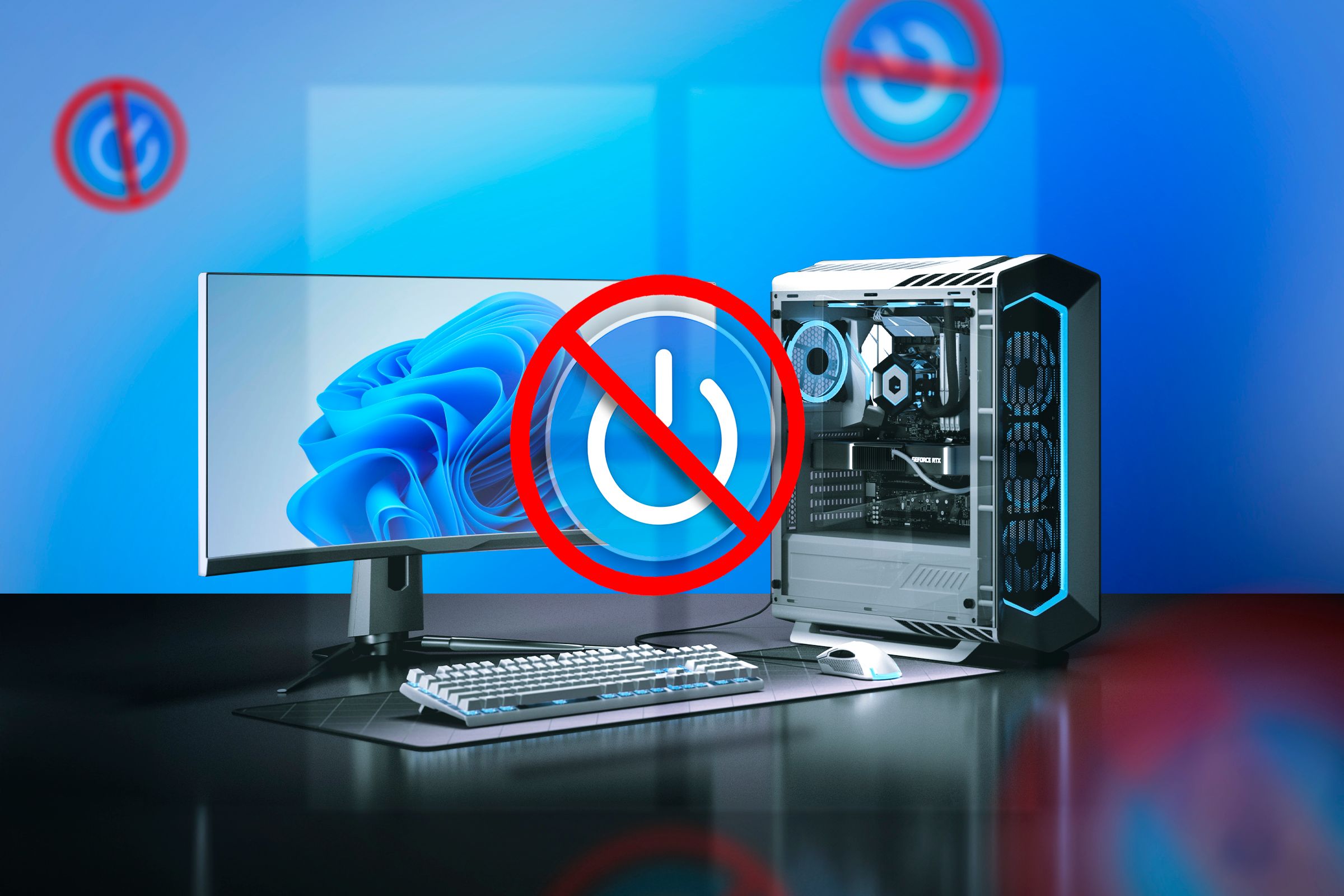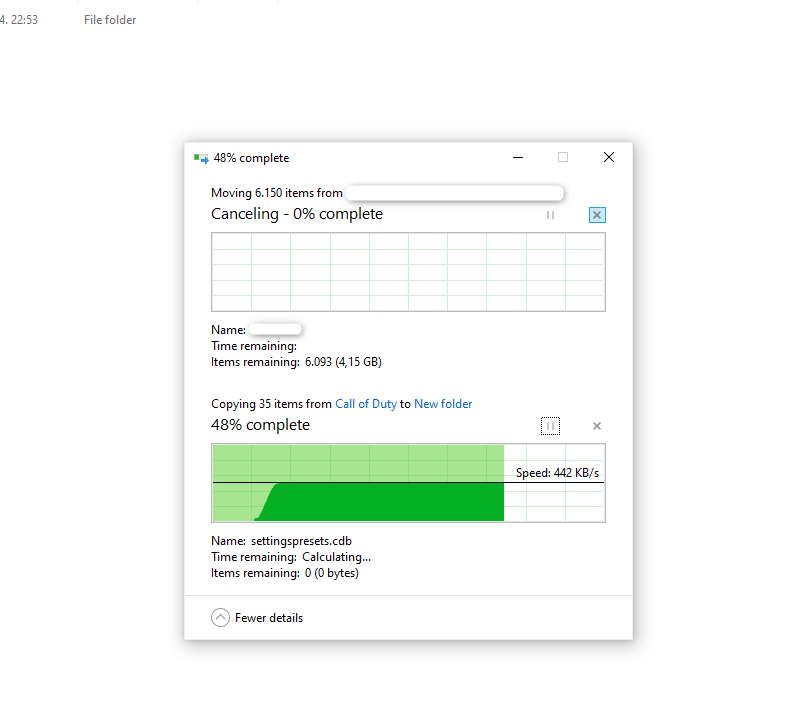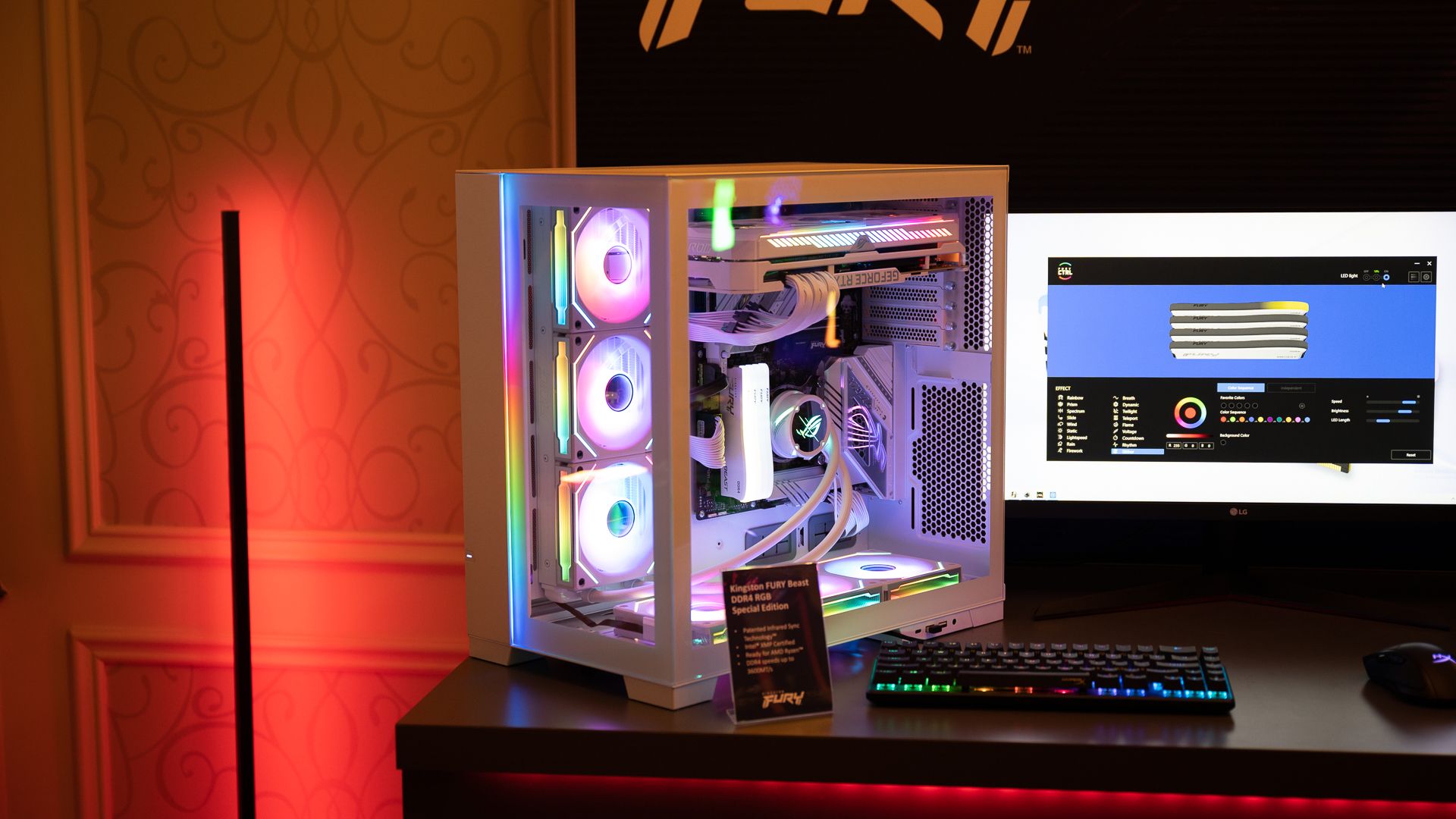
Key Takeaways
- Keeping a Windows PC always on can provide immediate access to apps and music, saving boot-up time.
- Leaving a PC on facilitates remote access and eliminates boot-up time for media purposes.
- Despite its stability, drawbacks of leaving a PC on include increased electricity bill, noise, and security risks.
Ever wonder what would happen if you never shut down your Windows PC? So have I, which is why I decided to take it upon myself to find out what would happen if I left my computer running for an entire week without even bothering to put it into sleep mode.
This experiment was performed on a PC running Windows 10.
Why Would Someone Leave Their PC Always On?
There are some compelling reasons why someone would keep their PC on. The biggest benefit by far is convenience. Whenever you turn on your PC, you have to wait 20–30 seconds for Windows to boot up and then another minute to load all your apps. If you never turned off your PC in the first place, you can skip all that waiting time and jump straight into action.
After brushing my teeth and grabbing a cup of coffee, I can sit down at my desk and start working immediately. Not having to wait for app and Windows updates during boot-up is especially great. Also, I like to have some music always playing in the background. Because the PC is on and Spotify is running, I can just hit the play button on my keyboard as soon as I enter my room. If you use your PC as a media center, you won’t have to turn the PC on each time you want to watch a movie or stream a game to your TV or laptop.
The second reason people like keeping their PCs always on is remote access. By keeping your PC always on, you can maintain constant access to your computer, even from the other side of the world. That way, you can fetch important data, download and upload large files, or start a render.
Windows Is Surprisingly Stable
When your PC runs without pause, Windows’ built-in processes and your apps can start experiencing all sorts of random bugs that make your system lose stability over time. The most common issue comes in the form of a memory leak, which makes your PC run sluggish until you restart it.
That being said, I was surprised by how stable my PC has been after running continuously over the past week. Not only did I not experience system-wide BSOD crashes, but I didn’t experience any major stability issues. Windows 10 remained standing strong and steady, proving itself to be a stable and reliable system (in spite of the recent CrowdStrike fiasco).
The only issue I experienced was when unpacking a RAR file on day one of the experiment. WinRAR crashed because I tried to cancel a file transfer, but the app recovered after running it again. What’s weird is that I still see the failed file transfer when transferring a different file, but it doesn’t affect my system’s functionality.
Other than that odd issue, my PC has been running fine without a shutdown. Still, I did notice that demanding video games stuttered a bit more than usual, likely because it took longer for them to load assets into the RAM.
Drawbacks of Leaving Your PC Always On
Before you jump the gun and decide to leave your PC always on, there are a few important things you should consider. The first one is your electricity bill. Assuming your PC is configured correctly to use as little power as possible when idle, it can still draw anywhere from 40W–100W of electricity, which can easily add up to an extra $50–$100 per year.
What’s worse is that the unused electricity gets converted into heat, which is okay in winter but not in summer. The PC running 24/7 also adds fan noise to your room that can disturb your sleep, though that can be mitigated by building a silent PC. Additionally, leaving your PC always running doesn’t give your OS and apps an opportunity to recover from bugs. Plus, you won’t get Windows updates until a reset.
It could also potentially leave you more susceptible to hackers who have gained access to your system. They could track your schedule and steal your data when you’re asleep or away, though it’s not a common scenario that you should worry too much about.
If you want to reap the benefits of a PC that’s always running with few (or none) of the drawbacks, you can still do that. Instead of shutting down your PC, just leave it in sleep mode. It’ll start up much more quickly compared to a cold boot, and you can wake it with a simple button press. To access the system remotely, enable wake-on-LAN so that you can always turn it on from its slumber.
I’ll Still Shut Down My PC at Night
I like to give my OS a full daily reset to ensure it keeps working its best and to nip memory leaks in the bud. I don’t mind my system taking an extra minute or two to boot up because I can use that quick window to do a chore. Also, I want to keep my Windows up-to-date to ensure I don’t miss out on any new features and security updates. This was a fun experiment, but it’s time to give the old machine a rest!
Source link














